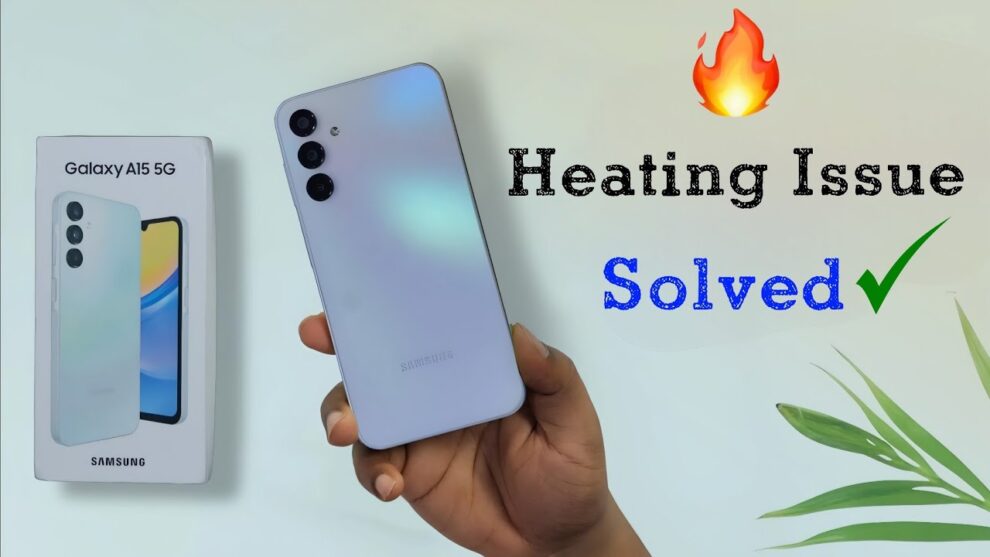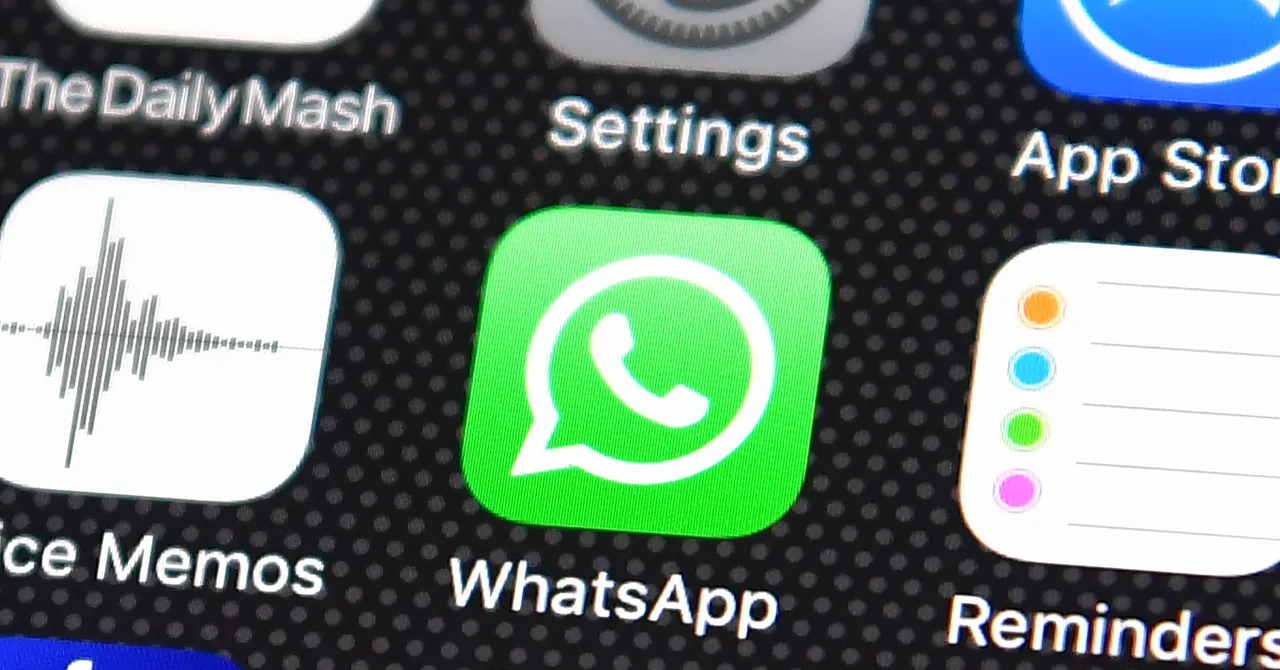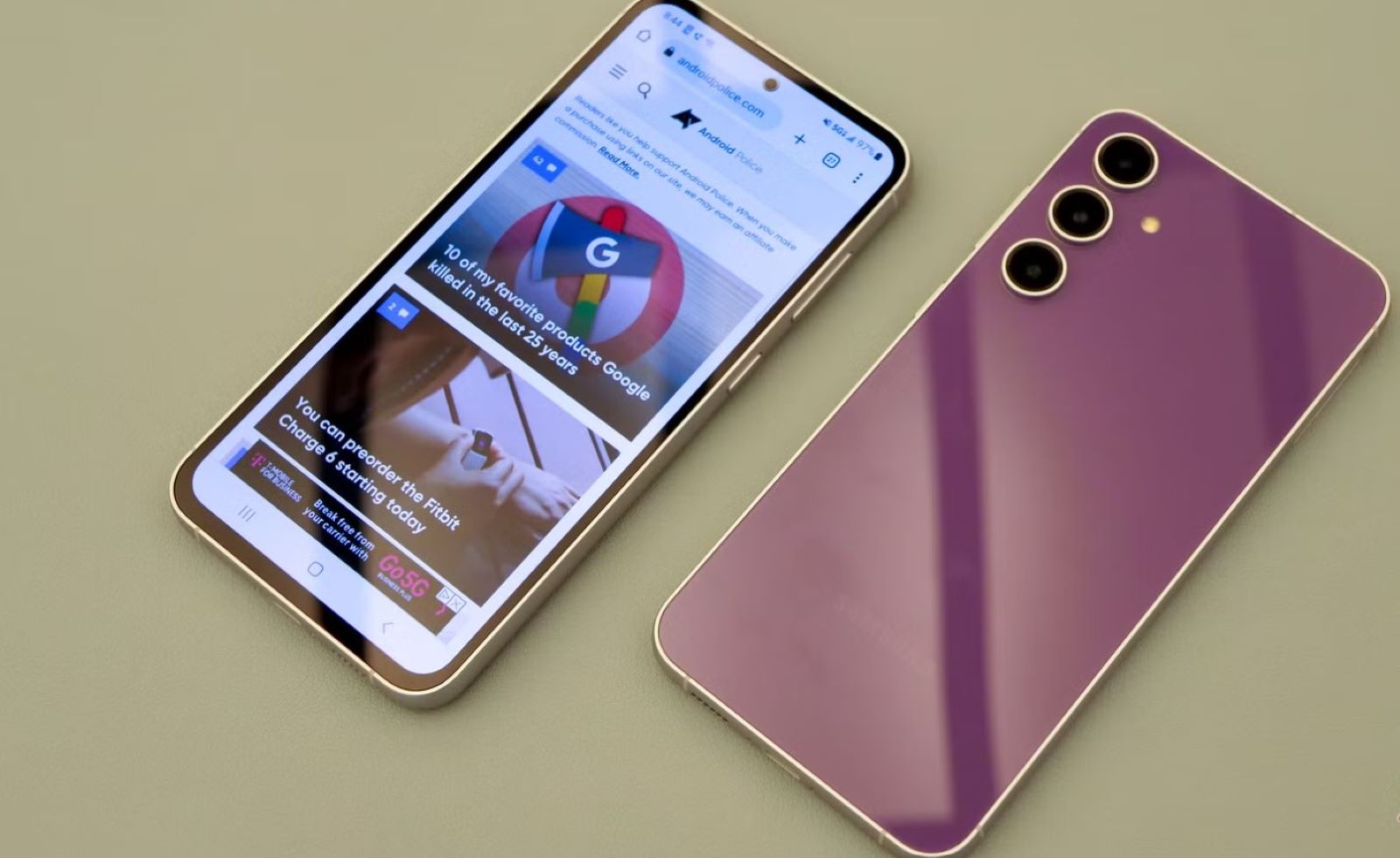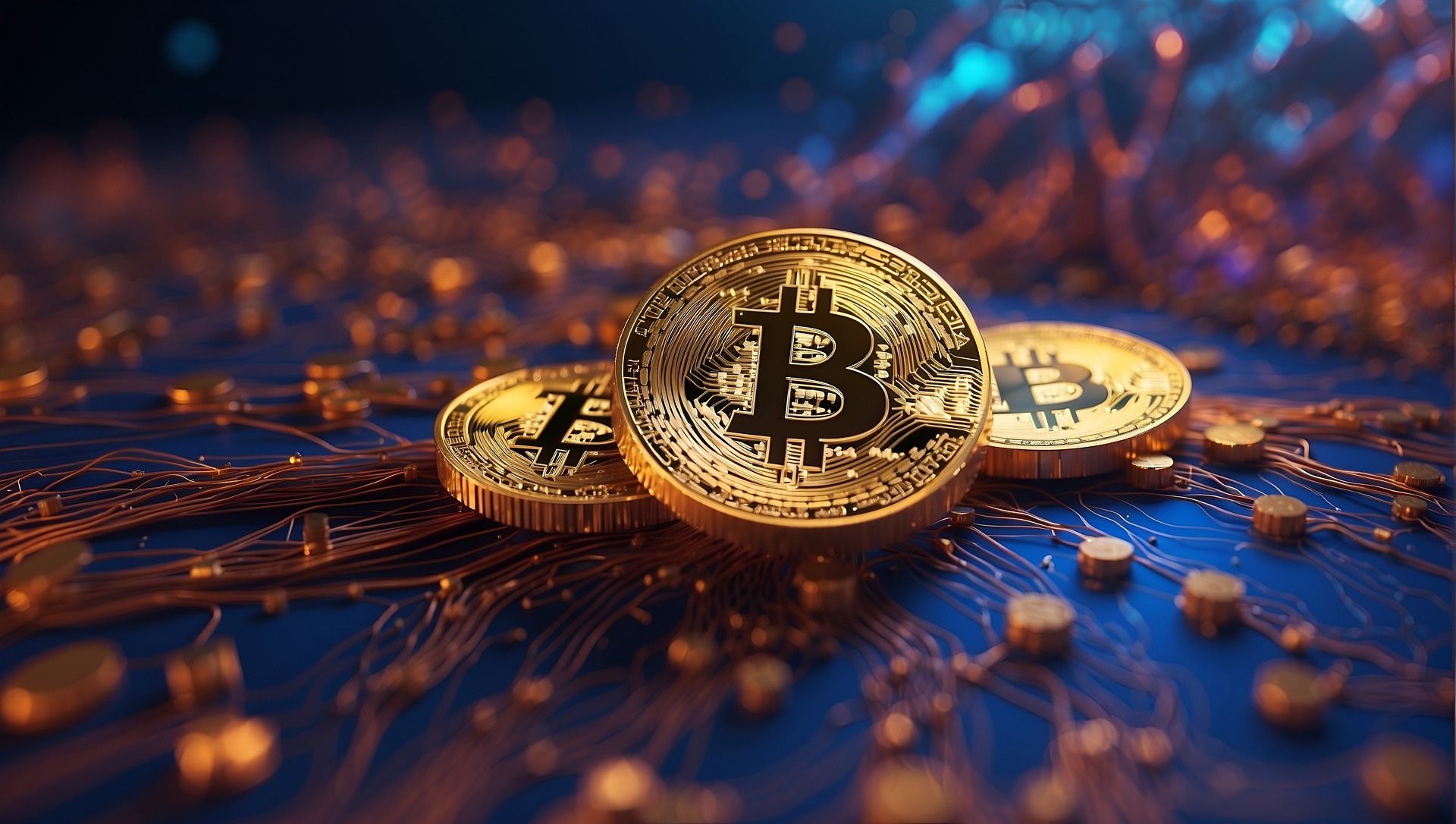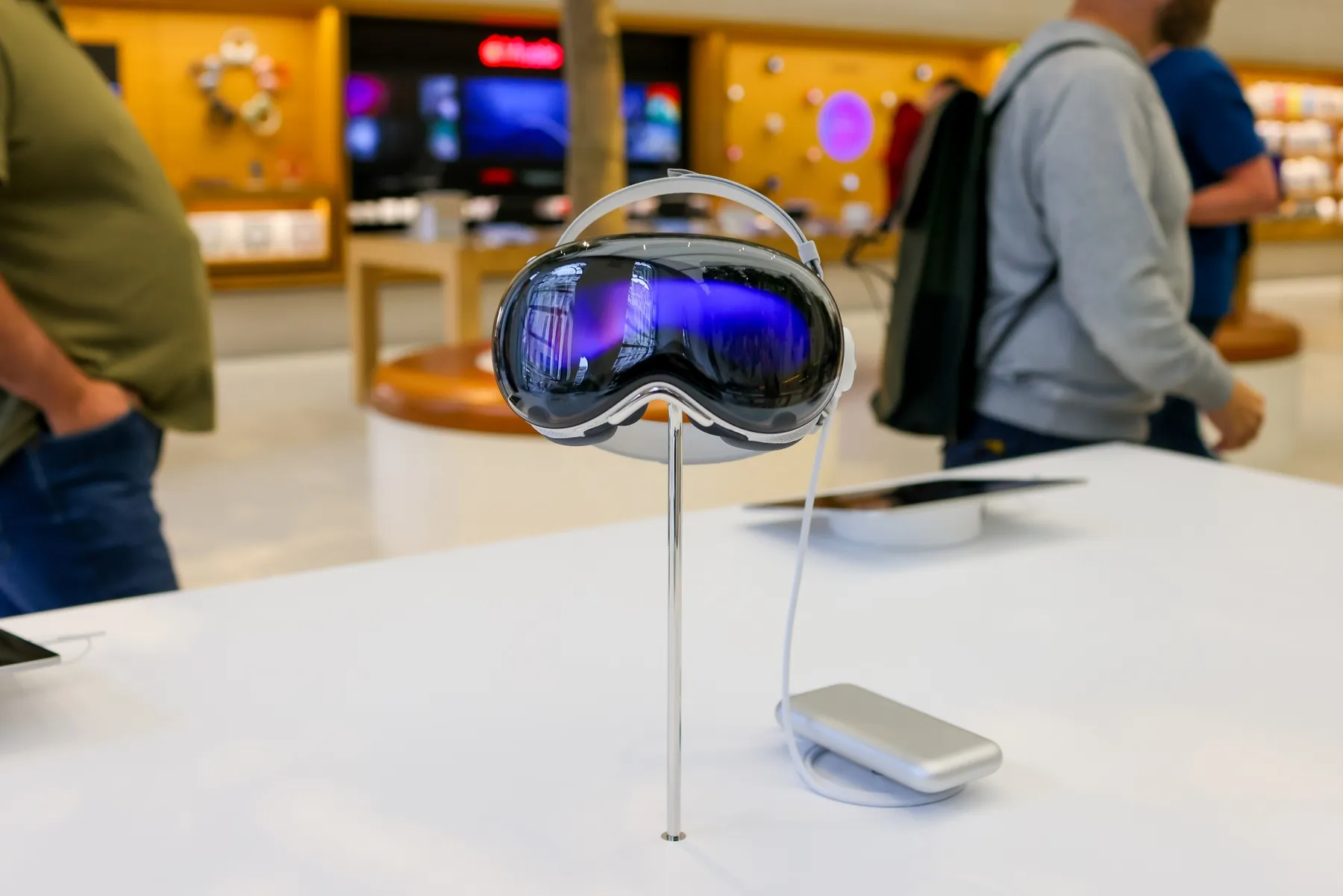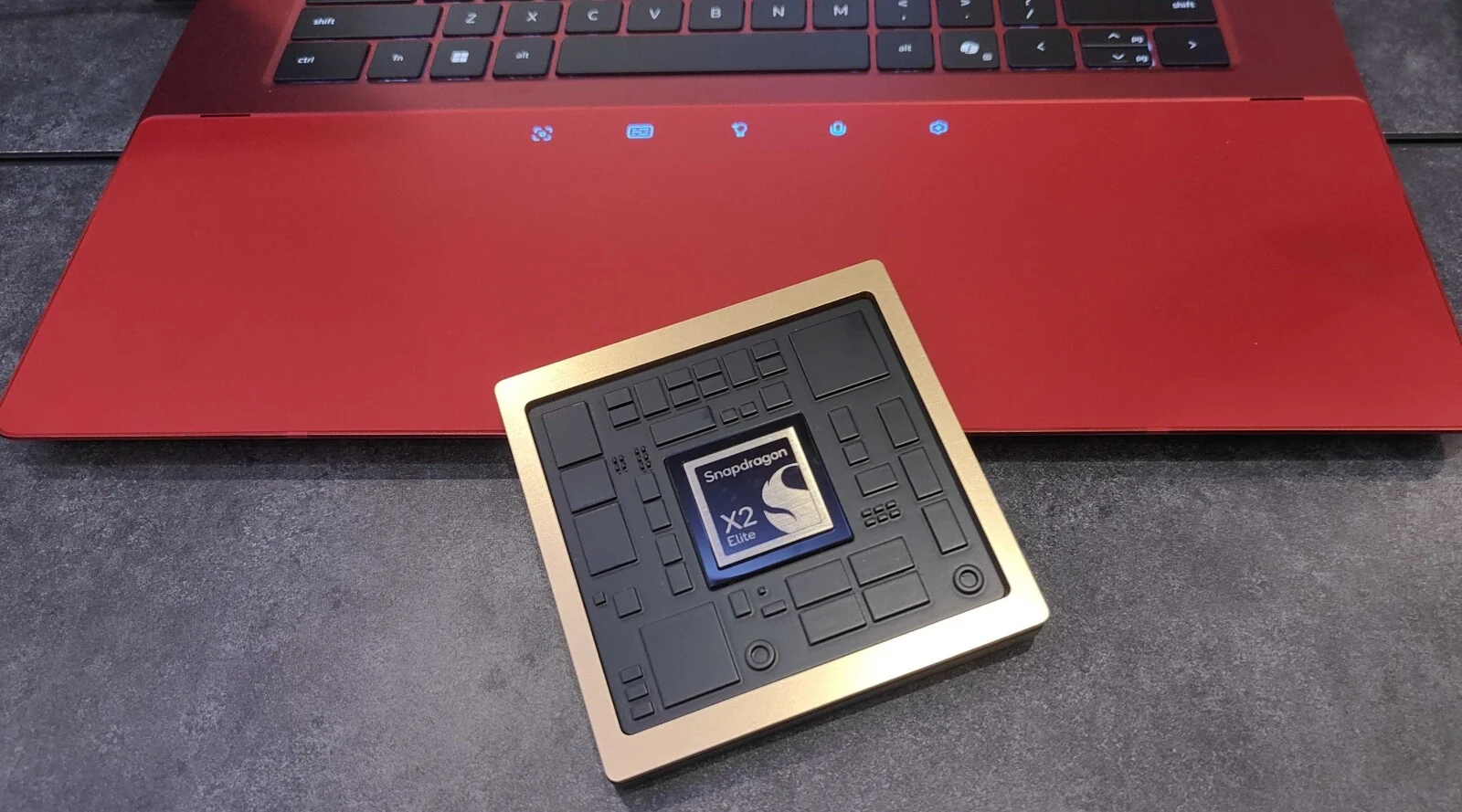Is your Samsung Galaxy phone feeling uncomfortably hot to the touch? Overheating is a common issue that can impact performance, shorten battery life, and even damage your device over time. While modern smartphones are designed to handle various tasks, continuous high temperatures indicate a problem that needs addressing. This comprehensive guide will walk you through practical steps to cool down your Samsung Galaxy and prevent future overheating.
Samsung Galaxy, a popular series of smartphones and tablets manufactured by Samsung Electronics, has been a dominant player in the mobile market for over a decade. Known for their innovative features, vibrant displays, and powerful cameras, these devices are widely used globally. The internal components, including the processor (CPU), graphics processing unit (GPU), and battery, generate heat during operation. When this heat isn’t dissipated effectively, the phone overheats.
Why Does Your Samsung Galaxy Overheat?
Before diving into solutions, understanding the common culprits behind overheating can help.
- Intensive Usage: Prolonged gaming, video streaming, or using graphic-heavy applications can push your phone’s processor and GPU to their limits, generating significant heat.
- Too Many Background Apps: Numerous applications running simultaneously in the background consume resources and contribute to heat buildup.
- Outdated Software: Software bugs or inefficiencies in an older operating system or app versions can lead to increased power consumption and heat.
- Poor Signal Strength: When your phone struggles to maintain a strong cellular or Wi-Fi connection, it expends more power, leading to overheating.
- Direct Sunlight/High Ambient Temperatures: Exposing your phone to direct sunlight or using it in hot environments can significantly raise its internal temperature.
- Charging Issues: Using non-original chargers, damaged cables, or charging in poorly ventilated areas can cause excessive heat.
- Hardware Malfunction: In rare cases, a faulty battery or other internal components can be the root cause.
Step-by-Step Guide to Fixing Overheating on Your Samsung Galaxy
Here’s how to cool down your Samsung Galaxy and keep it running smoothly:
- Close Background Apps and Clear Recent Apps
One of the simplest yet most effective steps is to reduce the workload on your phone’s processor.
- Close Apps: Swipe up from the bottom of your screen (or tap the recent apps button, usually a square icon) to see your open applications. Swipe each app card upwards to close it.
- Clear All: Many Samsung Galaxy devices also have a “Close All” or “Clear All” button at the bottom of the recent apps screen. Tapping this will close all open applications.
- Identify and Limit Resource-Hogging Apps
Some apps are more demanding than others. Identifying these can help you manage your phone’s temperature.
- Check Battery Usage: Go to Settings > Battery and device care > Battery. Here, you can see which apps are consuming the most power. High battery usage often correlates with high resource usage and heat generation.
- Restrict Background Activity: For apps that you don’t need running constantly, you can restrict their background activity. In the Battery usage section, tap on the app, then select “Restrict usage” or “Put to sleep.”
- Update Your Software and Apps
Software updates often include bug fixes and performance improvements that can optimize resource management and reduce heat.
- System Software Update: Go to Settings > Software update > Download and install. Install any available updates.
- App Updates: Open the Google Play Store app, tap your profile icon (top right), then select “Manage apps & device.” Under “Updates available,” tap “Update all” or update individual apps.
- Reduce Screen Brightness and Disable Unnecessary Features
A brighter screen consumes more power, generating more heat.
- Adjust Brightness: Swipe down from the top of your screen to access the Quick Panel. Adjust the brightness slider to a lower level. Consider enabling “Adaptive brightness” (Settings > Display) to let your phone automatically adjust based on ambient light.
- Turn Off Features When Not in Use:
- Wi-Fi and Bluetooth: Disable them if you’re not actively using them.
- GPS/Location: Turn off Location services (Settings > Location) when not needed, or set it to “Use Wi-Fi and mobile networks” instead of “GPS only” for less power consumption.
- NFC: Disable Near Field Communication if you’re not making contactless payments.
- Always On Display (AOD): While convenient, AOD constantly uses a small amount of power. Consider turning it off (Settings > Lock screen > Always On Display).
- Optimize Game Performance (Game Booster/Game Launcher)
If gaming is causing your overheating, leverage Samsung’s built-in tools.
- Game Booster/Game Launcher: Samsung Galaxy phones come with Game Booster or Game Launcher, which offers features to optimize gaming performance and manage heat. Access it from your app drawer.
- Performance Mode: Within Game Booster, you can often select a “Performance mode” or “Battery saving mode.” Choose “Battery saving” or a similar option to reduce graphics quality and frame rate, which can significantly lower heat.
- Use an Original Charger and Cable
Using third-party or damaged charging accessories can lead to inefficient charging and heat buildup.
- Original Accessories: Always use the original Samsung charger and cable that came with your phone.
- Inspect Cables: Check your charging cable for any fraying or damage. A damaged cable can cause resistance and heat.
- Proper Ventilation: Avoid charging your phone under pillows, blankets, or in direct sunlight. Ensure there’s good airflow around the device.
- Remove Your Phone Case
A phone case, especially a thick or non-breathable one, can trap heat and prevent proper dissipation.
- Temporary Removal: If your phone feels hot, remove the case temporarily to allow air to circulate and cool the device.
- Consider a Breathable Case: If you frequently experience overheating, consider investing in a case designed with better ventilation or one made from materials that dissipate heat more effectively.
- Avoid Direct Sunlight and High Temperatures
Environmental factors play a huge role in your phone’s temperature.
- Shade: Keep your Samsung Galaxy out of direct sunlight, especially on hot days.
- Cool Environment: Avoid leaving your phone in a hot car or near heat sources like radiators.
- Clear Cache Partition
A corrupted cache can sometimes lead to performance issues and overheating. This process won’t delete your personal data.
- Power Off: Turn off your Samsung Galaxy.
- Enter Recovery Mode: Simultaneously press and hold the Volume Up button and the Power button. For some older models, you might also need to hold the Bixby button (if applicable). Release the buttons when you see the Samsung logo.
- Navigate: Use the Volume Down button to navigate to “Wipe cache partition.”
- Select: Press the Power button to select it.
- Confirm: Use Volume Down to highlight “Yes” and Power button to confirm.
- Reboot: Once complete, navigate to “Reboot system now” and press the Power button.
- Perform a Factory Reset (Last Resort)
If all else fails, a factory reset can resolve deep-seated software issues that might be causing overheating. Be warned: this will erase all data on your phone. Back up all important data before proceeding.
- Backup Data: Use Samsung Smart Switch or cloud services to back up your photos, videos, contacts, and other important files.
- Reset: Go to Settings > General management > Reset > Factory data reset.
- Follow Prompts: Read the warnings carefully and proceed with the reset. Your phone will restart as if it were new.
- Seek Professional Help
If your Samsung Galaxy continues to overheat despite trying all the above steps, it might indicate a hardware problem.
- Samsung Service Center: Contact Samsung Support or visit an authorized Samsung service center for diagnosis and repair. This could be due to a faulty battery, a damaged component, or another internal issue requiring professional attention.
Entity Definitions:
- Samsung Galaxy: A series of mobile computing devices designed, manufactured, and marketed by Samsung Electronics. It includes smartphones, tablets, smartwatches, and more.
- Samsung Electronics: A South Korean multinational electronics corporation headquartered in Suwon, Gyeonggi Province, South Korea. It is the world’s largest manufacturer of mobile phones and smartphones.
- Processor (CPU): The central processing unit is the “brain” of the phone, responsible for executing instructions and performing calculations.
- Graphics Processing Unit (GPU): A specialized electronic circuit designed to rapidly manipulate and alter memory to accelerate the creation of images in a frame buffer intended for output to a display device. It’s crucial for gaming and media.
- Battery: An electrochemical cell that provides power to the device.
- Game Booster / Game Launcher: Software features on Samsung Galaxy phones designed to enhance gaming performance, manage notifications, and monitor device temperature during gameplay.
- Samsung Smart Switch: A software application developed by Samsung to help users transfer data from an old device to a new Samsung Galaxy device.
FAQ: Samsung Galaxy Overheating
Q1: Why does my Samsung Galaxy get hot when I’m just Browse the internet?
Even simple tasks like Browse can cause some warmth. However, excessive heat might indicate too many background tabs open, excessive ads on websites, or an issue with your network connection causing the phone to work harder to load content. Try closing unused tabs and ensure a stable internet connection.
Q2: Is it normal for my Samsung Galaxy to get warm while charging?
A slight warmth during charging is normal, especially with fast charging. However, if it’s uncomfortably hot, it could be due to a faulty charger/cable, poor ventilation, or a battery issue. Ensure you’re using original accessories and charging in a well-ventilated area.
Q3: Can overheating damage my Samsung Galaxy?
Yes, prolonged and frequent overheating can degrade your phone’s battery life, reduce overall performance, and in severe cases, even damage internal components. It’s crucial to address overheating issues promptly.
Q4: How can I tell if my Samsung Galaxy’s battery is causing the overheating?
If overheating primarily occurs during charging, or if your battery drains unusually fast even with light usage, a failing battery could be the cause. Also, look for signs of battery swelling (though this is rare and dangerous). In such cases, professional inspection is recommended.
Q5: Should I put my hot Samsung Galaxy in the refrigerator?
Absolutely NOT. Exposing your phone to rapid temperature changes, like placing it in a refrigerator or freezer, can cause condensation inside the device, leading to severe water damage and permanent malfunction. Always allow your phone to cool down naturally in a cool, well-ventilated area.
Q6: What is “thermal throttling” and how does it relate to my Samsung Galaxy overheating?
Thermal throttling is a mechanism built into modern electronic devices, including your Samsung Galaxy, to prevent damage from excessive heat. When the phone’s internal temperature reaches a critical level, the processor (CPU) and graphics processing unit (GPU) automatically reduce their performance (slow down) to generate less heat. This can result in noticeable lag, stuttering, and reduced frame rates, especially during intensive tasks like gaming.
Q7: My phone gets hot when I’m on video calls. Is this normal?
Video calls, especially long ones, involve continuous use of the camera, microphone, screen, and network connection, all of which consume significant power and generate heat. A certain degree of warmth is normal. However, if it becomes excessively hot, try reducing screen brightness, ensuring good network signal, and closing other background apps.
